
Developer: SideQuest Studios
Publisher: EastAsiaSoft
Platform: PS4, PS3, PS Vita, Switch
Tested on: Switch
Rainbow Moon – Review
Last year, EastAsiaSoft treated us to a remaster of Rainbow Skies, a JRPG developed by SideQuest Studios that debuted on PS3, PS4, and PSVita in 2018. Rainbow Skies was the somewhat obscure sequel to a much better-known (and loved) title that launched on those same platforms in 2012: Rainbow Moon. We’re not sure why EastAsiaSoft thought that rereleasing the sequel first made sense, but they’re rectifying things now by bringing Rainbow Moon to the Switch too. In all honesty, we weren’t all that impressed with last year’s Rainbow Skies port, so we kept our initial expectations low, in the hopes that Rainbow Moon would pleasantly surprise us. Did it?
Story
When we say Rainbow Skies is the sequel to Rainbow Moon, we mean this in the loosest sense of the word, as the story doesn’t directly connect the two games together. We’re introduced to a completely separate protagonist, Baldren, who ends up being sent to the world of Rainbow Moon (yes, that’s also the name of the place) through a portal, by the evil mage Namoris. Said portal also allows monsters to flood this world, and now it’s up to our unlikely hero and some new friends to put a stop to this. As far as stories go, Rainbow Moon’s overarching narrative is extremely simple, likely because the game is a product of its time. However, there are plenty of fun moments to be found here, particularly in the side quests. The main cast contains a set of likable and memorable characters, like jester-wizard Zelorus, who has a change of heart after being defeated by Baldren, joining the good party instead, or Dozeru, a knight who lost his helmet and wears a bucket until Baldren can reunite him with his beloved headgear.
Graphics
The updated visuals are the most noticeable overhaul that Rainbow Moon got compared to the original release. The Switch isn’t known for being a graphical powerhouse, and this is a game from 2012 with a new coat of paint, but given how underwhelmed we were with Rainbow Skies, we still ended up being pleasantly surprised here. While the game sticks to an aesthetic similar to that of Rainbow Skies, the color palette is a lot more pleasing to the eyes. Sure, we still would have loved more enemy variety, and the majority of the in-game models still look like they belong in a cheap mobile game, but at least things don’t look as plastic-y anymore. The character portraits fare less well, looking disproportionate and wonky. Admittedly, Rainbow Moon isn’t an outright bad-looking game per se, and the simple visuals ensure a smooth performance, but we do feel like the game doesn’t live up to its aesthetic potential.
Sound
While Rainbow Moon’s visuals benefit somewhat from that extra layer of polish, the game’s sound effects unashamedly bask in their retro goodness. Meanwhile, composer Rafael Dyll’s original tunes have stood the test of time magnificently. While we wouldn’t go as far as to say that the music actually surpasses that of Rainbow Skies, it definitely reaches equal heights. Given that music was the rare highlight in Rainbow Skies, that’s saying something. Actual voice acting is expectedly absent, with the exception of a disinterested narrator during the opening and short gibberish during character interactions.
Gameplay
Twelve years is long enough for a game to qualify as retro, right? Rainbow Moon’s age is definitely something to keep in mind when looking at the game, since this is a straight-up re-release, rather than a modernized remake. As such, it sticks to the design philosophies of the time, and that is something that becomes increasingly noticeable as you stick with this classic JRPG. What this means in practice is that the game’s overall pacing isn’t always up to snuff and that you’ll need to prepare for a lot of grinding if you want to make any sort of meaningful progress. Now, there is a lot of grinding, but that doesn’t necessarily mean that Rainbow Moon is a repetitive affair because there is plenty of variety here when it comes to exploring your surroundings. The isometric world is enormous, and dungeons are filled to the brim with secrets, enemies that can’t be defeated early on, and areas that are initially unreachable. Eventually, you’ll even unlock a boat that allows you to take the adventure to Rainbow Moon’s seas. The way your surroundings are layered means that you’ll always have a reason to revisit previous areas and aren’t necessarily stuck in the same spot for hours.
Combat is resolved through turn-based battles fought on a grid. Unlike in Rainbow Skies, you can’t rely on summoned monsters and are instead ‘stuck’ with any of the six party members you’ve recruited, each of whom fits into a certain archetype. While Rainbow Moon’s combat system is fine by itself, nothing really stands out about it. You simply select your party members’ moves for that turn, and things are then resolved, with turn order dependent on each character’s individual speed stat. There is some strategy involved, but when you’re over-leveled, battles become incredibly easy while remaining drawn out. However, grinding against low-tier enemies is a necessity here, because in order to take on high-level enemies or bosses, your party’s advanced skills and improved equipment are pretty much mandatory. These difficulty spikes make Rainbow Moon’s combat feel very unbalanced overall. We would have loved it had EastAsiaSoft taken the opportunity to add an auto-battle system like in Eiyuden Chronicles: Hundred Heroes, or some kind of way to speed these battles up like Square Enix typically does in their remasters, but this wasn’t the case here. From what we gather, the original release of Rainbow Moon actually had a microtransaction system implemented so you could circumvent the need for grinding, but this was entirely omitted from this version. While we can only applaud the removal of any kind of predatory mechanics, EastAsiaSoft didn’t bother putting in something to replace it, so all they’ve done is make Rainbow Moon more tedious.
On the other hand, Rainbow Moon’s pick-up-and-play nature makes it feel right at home on a portable platform. While the game was initially available on PS3 and PS4, it saw the greatest success on the PS Vita, and now that it’s available on the Switch, we can definitely see why. Rainbow Moon isn’t the best title for lengthy playing sessions, but for quick 20-30 minute bursts, during a daily commute or lunch break perhaps. It’s an incredibly satisfying title that will keep you occupied for months to come, as a playthrough should take around 60 hours in total. The game is as straightforward as it gets and doesn’t rely on obtuse systems or complicated mechanics, meaning that even if you put it aside for weeks, it’s easy to get into it again. This also makes Rainbow Moon a very accessible game for anyone who isn’t as experienced with the genre. Add to this that the game’s SRP is a mere €14.99 and you’ve got a decent little game that outclasses its sequel in pretty much every aspect, as long as you break it up into smaller chunks. You can also tackle the game at different difficulties in case you haven’t grown tired of it by the time the credits roll.
Conclusion
At this point, it should be pretty clear that Rainbow Moon’s rerelease is a massive step up from last year’s Rainbow Skies port. It’s not without its issues, but these have more to do with outdated design philosophies. The game is definitely a grindfest, and can get tedious during longer sessions. That being said, it’s perfect to play in short bursts, and it has found the right home for this on the Switch, just like it did with the Vita all those years ago. As an RPG, Rainbow Moon doesn’t hold a candle to some other recent releases like Granblue Fantasy or Disgaea but once you factor in that the former game only costs about 1/3rd of those titles, it begins to look like an attractive option.


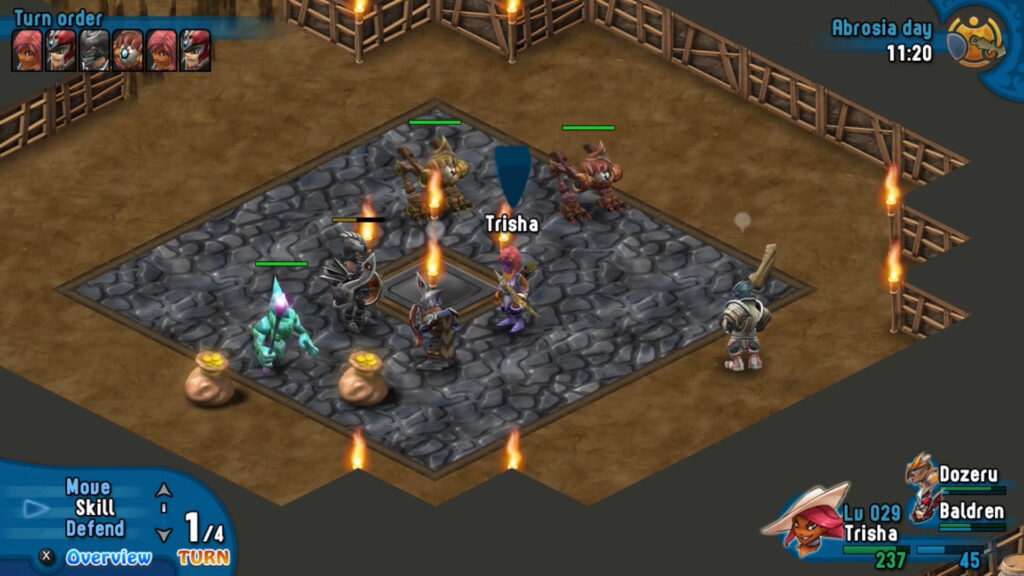
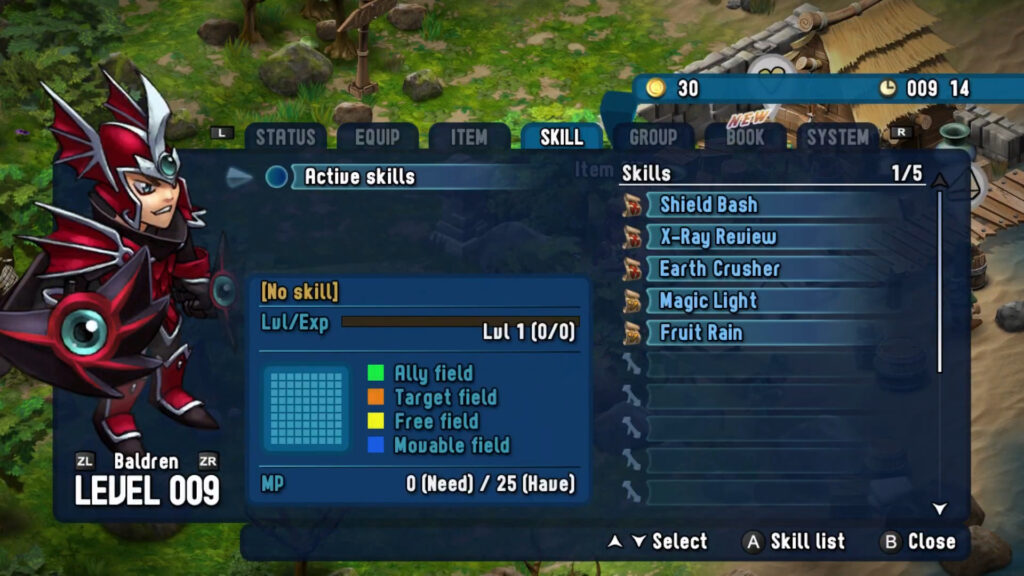
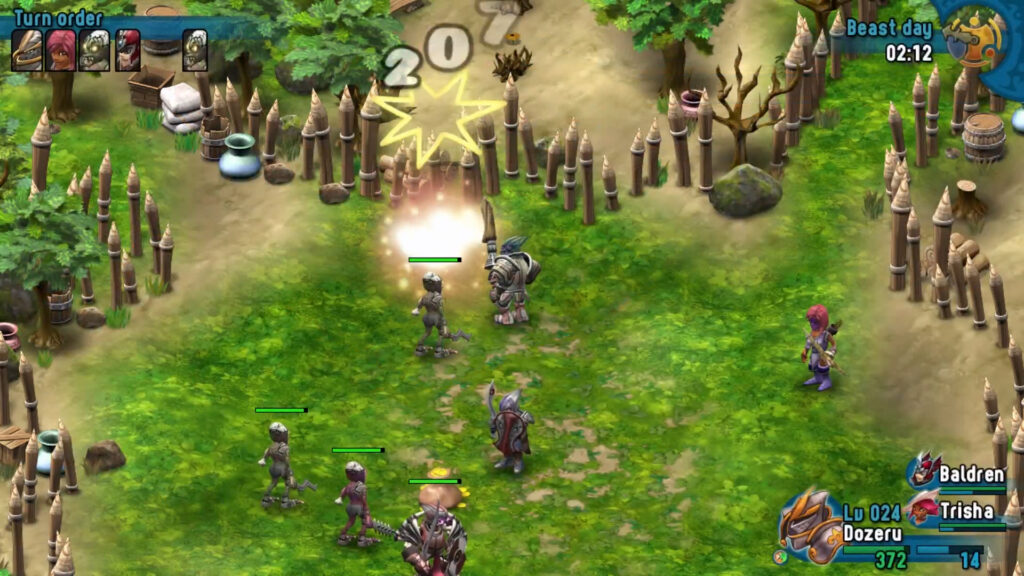

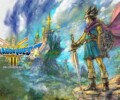
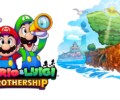

No Comments